|
|
ADDRESS AT THE MAHATMA GANDHI INSTITUTE OF MEDICAL SCIENCES, SEVAGRAM, WARDHA, MAHARASHTRA
15-06-2007 : , WARDHA, MAHARASHTRA
Profile of Medicare
"Let my brain remove your pain"
I am delighted to address and interact with the Members of Mahatma Gandhi Institute of Medical Sciences (MGIMS) at Sevagram, Wardha. I congratulate the students of this Institute for their academic performance and the faculty members for shaping the young minds. My greetings to the DEAN, Faculty Members, Students and distinguished guests. During the last four decades, the Institute has generated more than thousands of medical professionals who are playing a key role in providing quality Medicare to the needy patients in different parts of Wardha district and other parts of the country and abroad. Of course, Kasturba Hospital attached to MGIMS using the best of technology available and care removes the pain of over 4 lakhs outpatients and nearly 35 thousand inpatients. I am happy that MGIMS is providing a sound community orientation to the students, working on reducing maternal mortality ratio in the adopted villages and exploring the traditional Indian system of medicine. Hence, I would like to present the "Profile of Medicare".
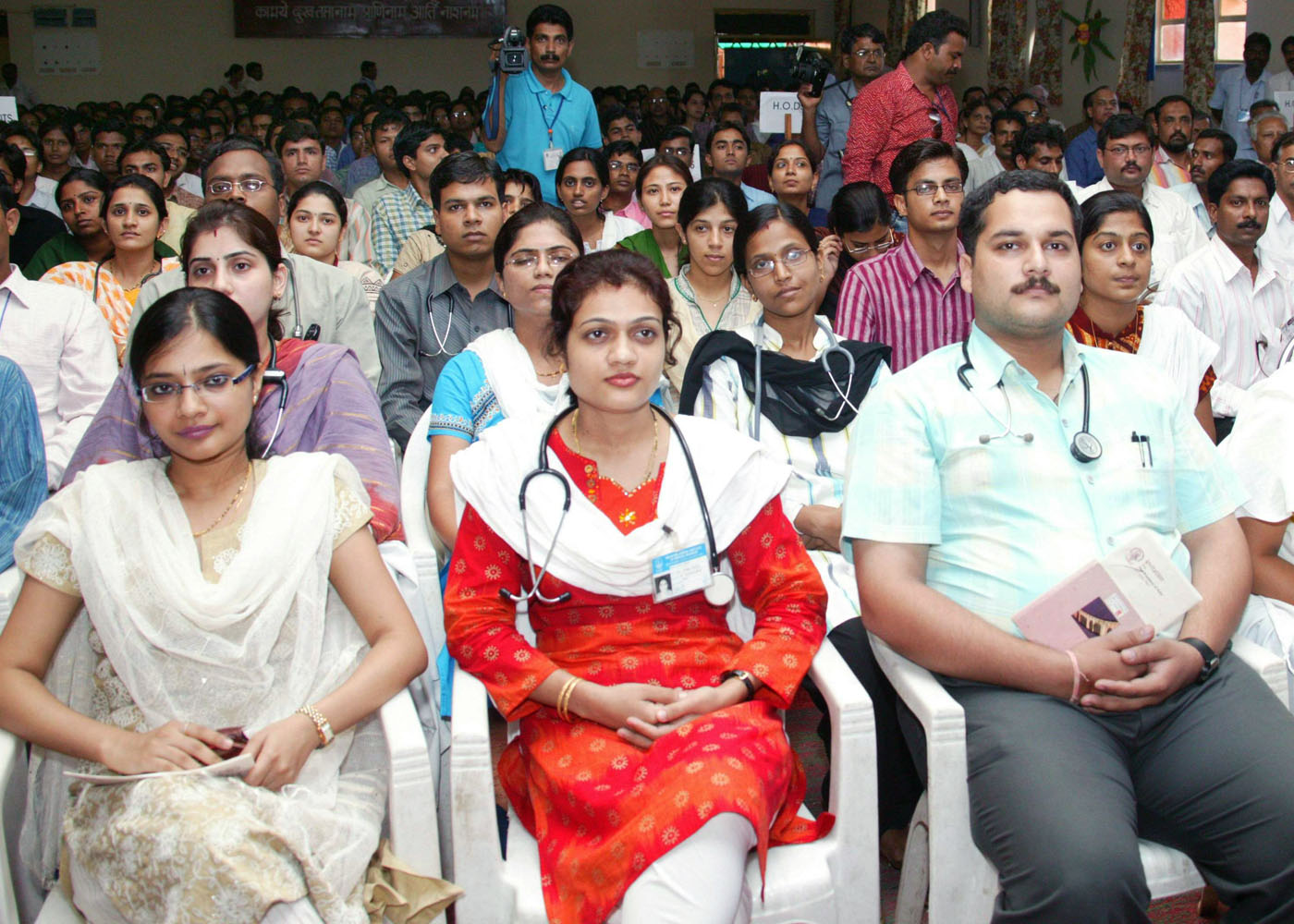
Dear students, when I see you all, a scene of our country appears in front of me, which links the doctors and their role in the national mission. What is that scene? In our country, 700 million people live in 600,000 villages equivalent to 200,000 panchayats. We have Technology Vision 2020 Document prepared by TIFAC (Technology Information, Forecasting and Assessment Council), which indicates about the typical disease pattern which will be faced by the country during the period now to the year 2020. It is expected that HIV/TB combination, water borne diseases, cardiac diseases will be the predominant diseases and we have to find solutions for diagnosing and treatment. Simultaneously, there is a need of medical scientist to specialize in the field of preventing such diseases. Also there are challenges for researchers for discovering molecule leading to drugs for various diseases such as diabetics, cancer, allergic diseases, inflammatory diseases, and certain type of new pattern of diseases in the tribal sector such as sickle cell disease. Many of you may take up healthcare practice in various fields and some of you may opt for research and development. The opportunities for you in the country will be challenging both in the urban and rural areas. With the development of electronic connectivity and knowledge connectivity, and the spreading of health care centres and quality education we should be able to provide quality health care to our rural citizens. I am sure, many of you will find working in rural areas really challenging.
First and foremost, I would suggest the students and faculty members of MGIMS in partnership with the other medical college in the district to activate all the 27 Primary Health Centres including the 180 sub-centres and link them with a Tele-medicine network with district hospitals, sub-district hospitals and rural hospitals and also private sector hospitals. This will bring the best possibilities in diagnostic and treatment from urban to rural areas of Wardha district. Another area which is knocking at our doors is preventive healthcare. Some of you may participate in the research, development and use of vaccines against HIV, malaria and even against the cardiac diseases. There are several other avenues such as application of stem cell therapy for many ailments like treatment of heart failure and diabetics. Students should be aware of such developments taking place in the country and elsewhere.

Tradition of Research and Vision
Recently, I met Dr. Charles Cummings, of the Johns Hopkins University Board and his team. I asked him, a question which was in my mind, ?Dr Charles, What made Johns Hopkins a world class medical research institution in addition to its cherishing societal missions?? His answer was, ?it is due to a great tradition, and it started with a number of visionaries simultaneously with focused missions and the nature of working together. Medical ethics and value system in life both dominate in providing day to day happiness to many patients. The most important aspect is the research, research base and the quantity of clinical data added everyday. Teaching-research-teaching cycle has become an important component of quality growth of Johns Hopkins. This tradition continues even now?. Indeed it is a great message from Dr. Charles. I am sure, MGIMS would like to imbibe this culture which comes out of research tradition, leading to the results of the research reaching the people in the form of medi-care, medicines or vaccines. I recall, one of the leading institutions in Hyderabad L.V. Prasad Eye Institute has set a tradition of providing quality eye care particularly with social commitment of 1:1. 1:1 implies one free eye care service for every paid eye care service provided by the Institute. Also, they have a tradition of excellent research in Ophthalmology and they are spreading the mission to various parts of the country particularly their research in stem cell which has led to the restoration of eye sight to over 300 patients with burn affected eyes.
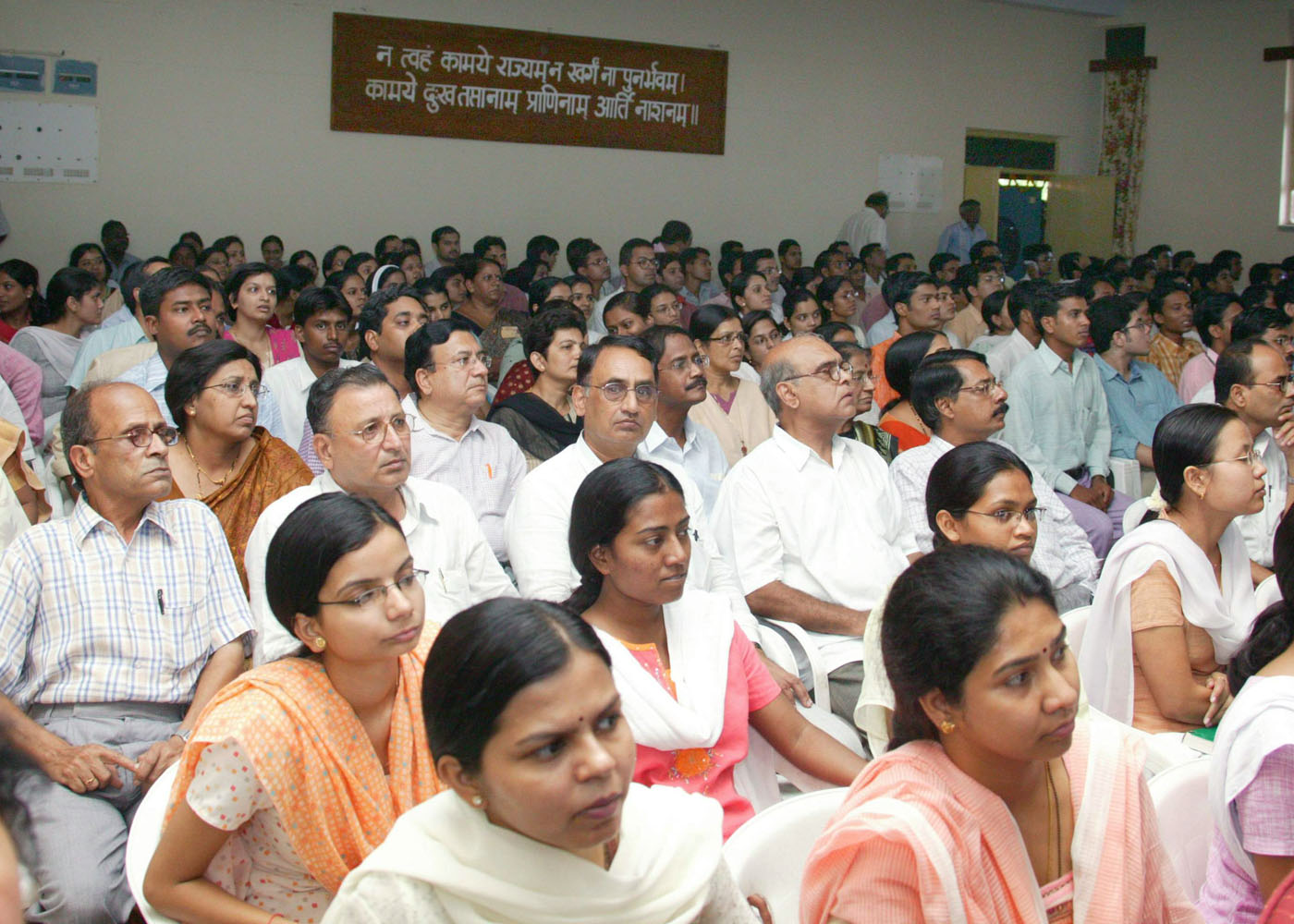

Health status of India
India has made considerable progress in its health status since its Independence and particularly during the last fifteen years. At the time of Independence, the life expectancy of our people was less than thirty years. Between 1991-2006, the life expectancy of our people has gone up from 58 to 64 years, infant mortality has come down from 87 to 60 per 1000 live births and population growth rate has decreased from 19 to 14 per thousand. Still, IMR is very high. We have to bring infant mortality to less than 10 per thousand.
I would like to briefly talk to you on some of the diseases and actions proposed and future need.

Drug for faster cure of tuberculosis
The entire country has been brought under the Revised National Tuberculosis Control Programme (RNTCP). This will ensure that maximum number of Tuberculosis cases are detected every year and brought under direct surveillance. The medical community must ensure that at least 80% success in fully curing the disease is achieved within the year. If this regime is followed continuously for over ten years tuberculosis load will come down to less than ten per one lakh of population. It is essential to work faster on the development and clearance of new drugs which are in the pipeline. Educational and research institutions should also participate in this mission.
Our country has also made significant contributions in developing drugs that are critically required for India. CSIR lab has developed a new therapeutic molecule for Tuberculosis which has demonstrated the potential to cure TB in around 2 months, as against the standard treatment of 6 to 8 months. After completing the pre-clinical studies, the molecule transformed into a drug called Sudo-terb is undergoing clinical trials in humans. This development has been done as a public-private partnership. It is hoped that the drug will be in the market soon after the clinical trials. In addition to the above, there is also a need to develop a more effective vaccine against tuberculosis. The combined action of surveillance, detection and disciplined treatment have to work together to ensure faster cure of existing cases.


Malaria
Incidence of Malaria has reduced from 22 lakh to 18 lakh in the period 1998-2006. However, the death cases has increased from 644 to 943. I understand that the conventional medicine used for treatment of Malaria namely Chloroquin has become resistant to Falciparum which causes cerebral Malaria. CEMAP (Centre for Medicinal and Aromatic Plants, Lucknow) in partnership with a Pharma company has developed and produced a drug named Arteether from Artemisinin which has been found to be an effective cure for cerebral Malaria. I understand that this drug is being exported to over forty countries. Also, Ranbaxy has acquired a malarial drug molecule and they are progressing towards clinical trials. This will also be available in the market soon. This will be another important milestone in the treatment of Malaria.
Over the years, I find that in spite of our efforts there is no rapid reduction in the occurrence of Malaria cases in the country. We have not succeeded in creating a vaccine so far for Malaria. However, Italian scientists have recently found a bacteria that lived symbiotically inside the pest. They claim that such bacteria could potentially be genetically altered later to attack the Malaria parasite when it reaches the Mosquitoes. The bacteria is called ?Asaia? which is found throughout the mosquito body. It is said that instead of spraying chemical and biological pesticides, we could use the symbiotic bacteria that is passed on and you do not have to spray every year. Now, I would like to present HIV /AIDS control.
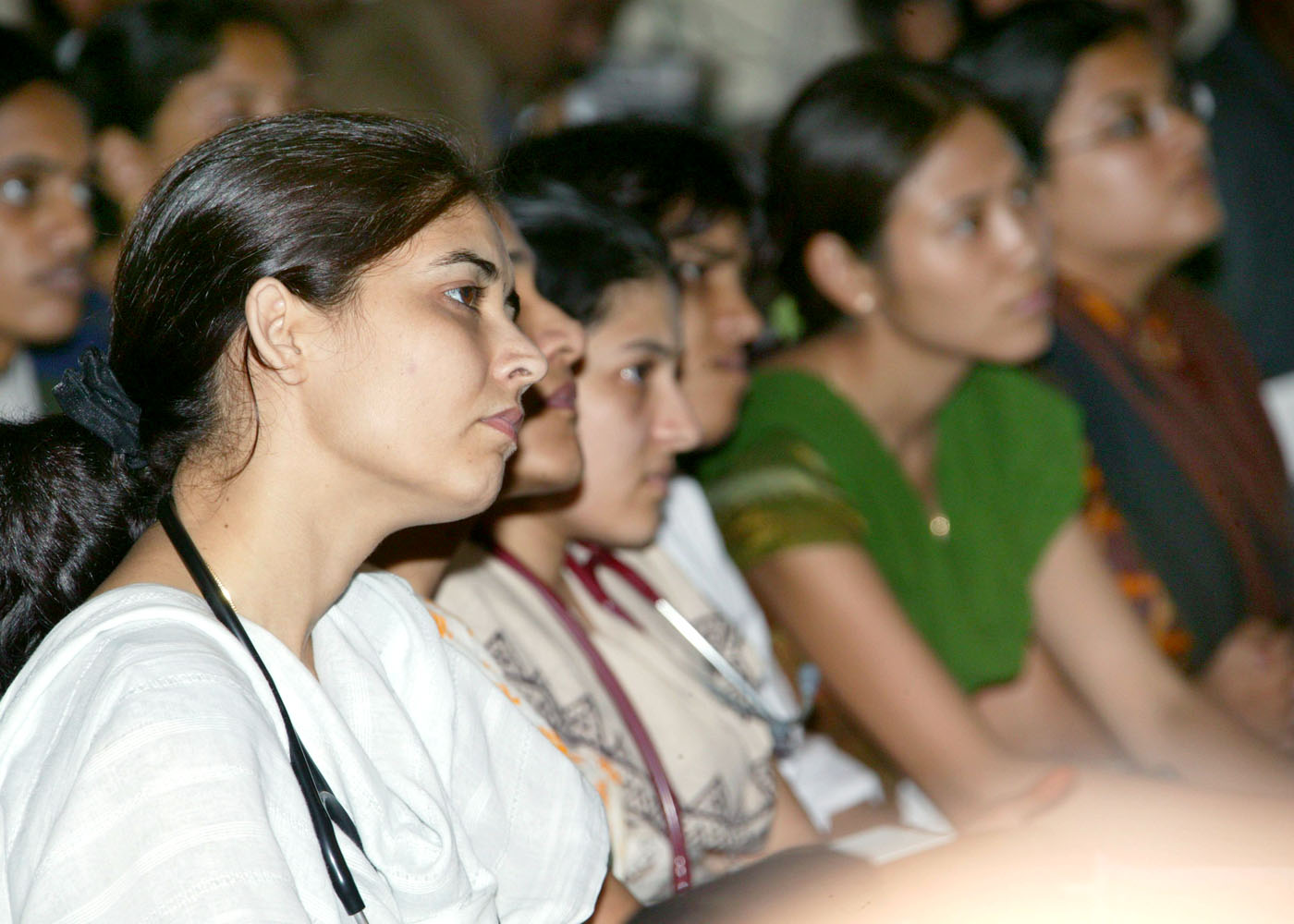

HIV/AIDS Control
The genetic study of HIV / AIDS has enable the researchers to find that retro virus is RNA based and not DNA based. Most retro viruses have only three genes, whereas the HIV virus had nine genes, with 9200 base pairs. With this understanding of the genetic nature, a number of drugs have come in to control HIV in as it is where it is condition. This intervention extends the life of HIV affected persons. The typical drug which has been developed and produced abroad is AZT, based on DNA synthesis. It halts the spread of the disease. Another medicine found is INDINAVIR with equally good results. A foreign University has tried a combination of AZT-INDINAVIR and 3TC, for some patients, which gave unique results fully suppressing the HIV/AIDS virus. Of course research is continuing. I am sharing this with the young students, to convey that there is a possibility of controlling HIV and extending the life of patients. However, the cost of the medicine was so far prohibitive. Indian companies have already brought down the cost of first line treatment to an AIDS patient from nearly Rs 5 lakhs to Rs 12,000, per year. Similarly, the cost of second line treatment has also been brought down through the development of medicines such as Viraday a substitute for Atripla from Rs 5 lakhs to Rs 4,500/-, per month. Even this reduction does not make the drug affordable to the common man in our country. Medical community assembled here apart from making use of these medicines for curing their patients should also work towards discovering much cheaper medicines for poor patients.
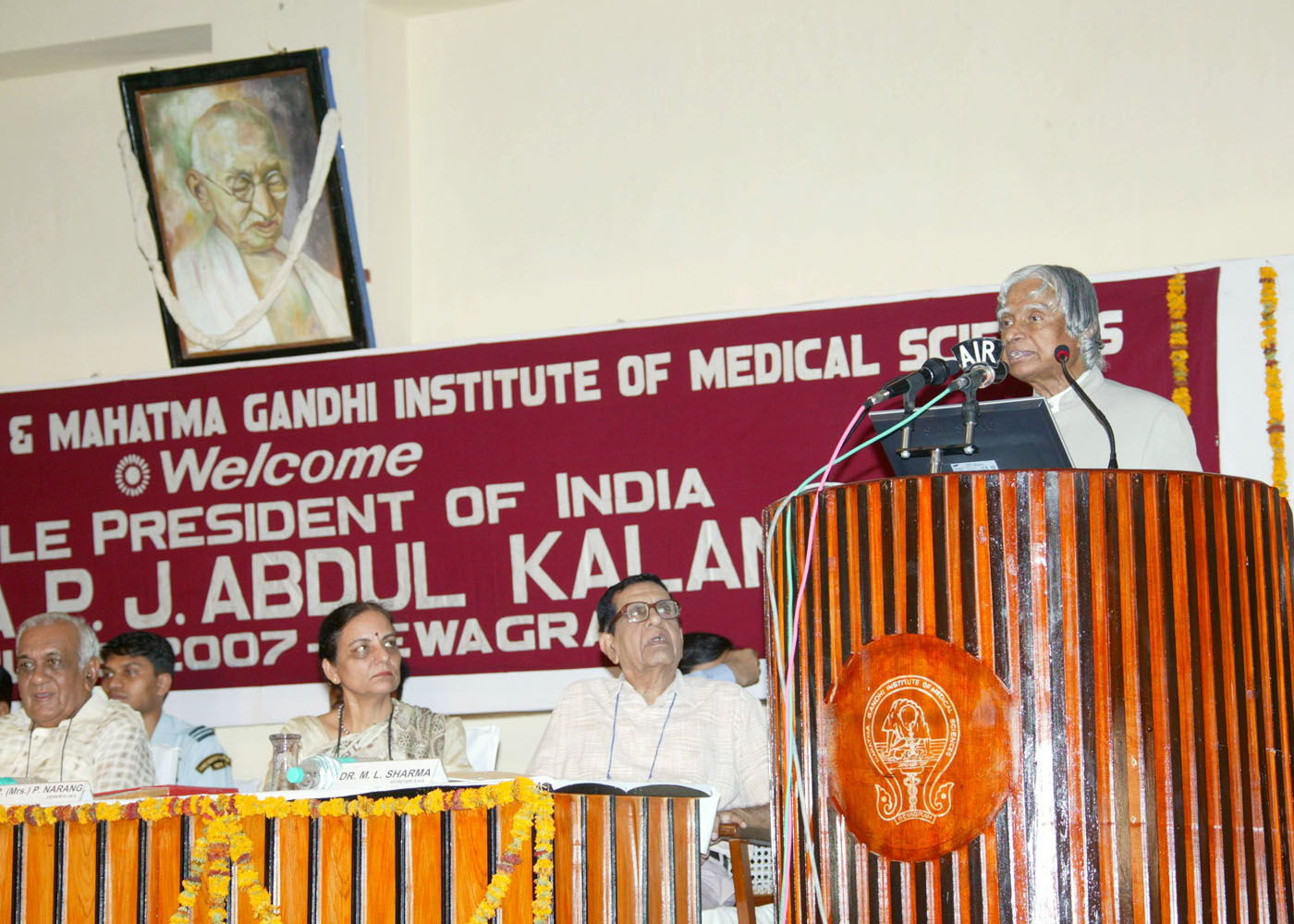

Development of Anti HIV Vaccine
Apart from the HIV control protocol, the most important mission for the country today has to be the prevention of the spread of HIV further. There is no other way other than developing and leading to production of an effective anti-HIV vaccine.
Phase one clinical trials of an imported Adeno-Associated Virus based HIV vaccine and Modified Vaccinia Ankara (MVA) based vaccine are taking place in Pune and Chennai respectively. It is also essential to take up a third fully indigenous anti-HIV programme as a collaborative work between educational institutions like MGIMS research laboratories and traditional medicine practitioners. Such an approach will enable higher probability of availability of a vaccine to control HIV among Indian population within a short time. I am sure some of the students passing out from MGIMS will participate in this anti HIV programmes and facilitate its launch in a time bound manner. Nationally, it is important to realize commercially available HIV vaccine before 2010.

Management of Cardiac Diseases
Multi-dimensional solutions are available for management of the diseases based on my discussion with experts. The solutions include medicinal treatment using Statins, which lowers the cholesterol in the blood by reducing the production of cholesterol by the liver. Statins block the enzyme in the liver responsible for making excess cholesterol. However one has to be careful about the side effects and take adequate precautions while treating the patients. The second is through angiography and angioplasty using stents. I understand that very soon we may have bio-degradable stents. The next generation stents may be nano-stents. If the heart blockage is severe, valve defect and death of cells in the heart due to less blood supply etc. surgical intervention will be necessary or it may lead to treatment using stem cells.
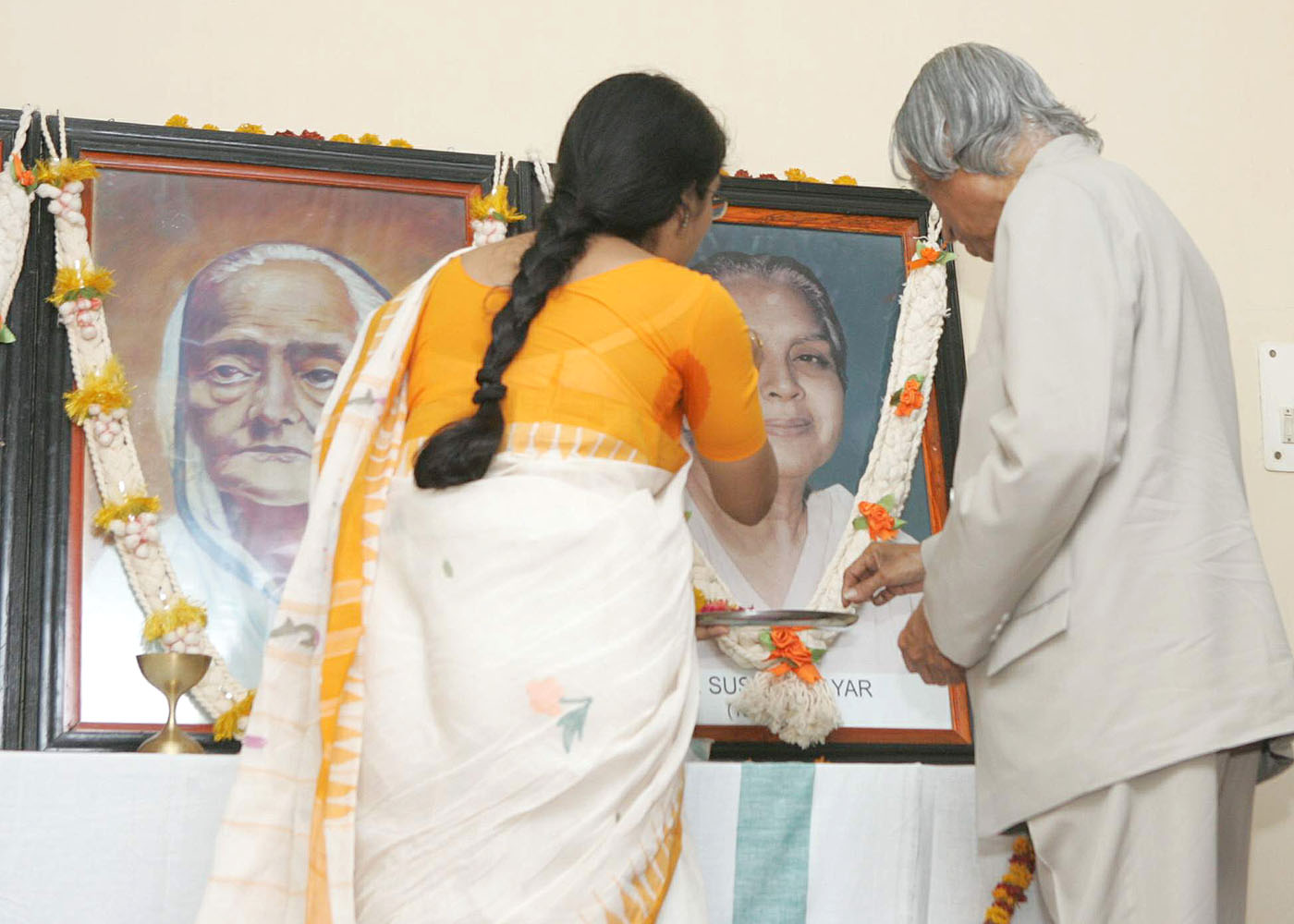

Non-invasive treatment for Coronary Artery Disease
Today, I find that cardio vascular treatment moving towards a totally non-invasive treatment using EXTERNAL COUNTER PULSATION (ECP), a truly non-operative, non-pharmaceutical, safe and effective treatment which is being used in many countries. In India also a few centres have come up. This is a ripe area for research of the faculty members and students of MGIMS. Now, I would like to discuss promotion of three dimensional life style approach for health-care.
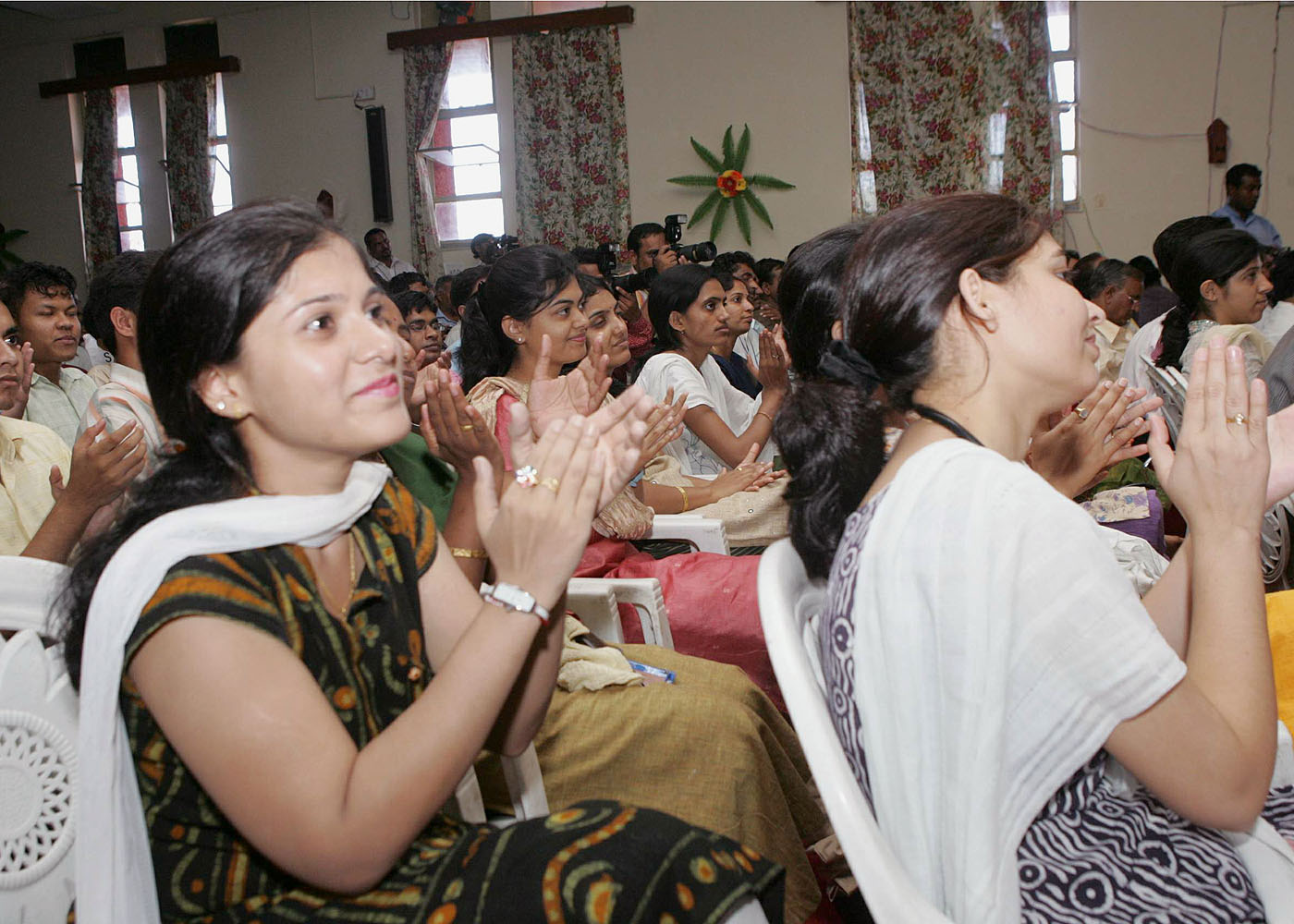

Promotion of 3-D Life Style Approach for Healthcare
Experimental evidence has demonstrated the importance of a favourable lifestyle for realizing long term disease free life. I happened to visit a number of hospitals to see the healthcare delivery systems. During my visit to hospitals, I found that doctors tend to focus their attention on treatment of body ailments to reverse pathology to physiology. It was realized that the success rate of such treatment is only partial.
A group of Indian scientists had an opportunity to experiment the concept of mind-body complex approach for therapy on breast cancer patients, when the psycho-neuro, immunological axis was demonstrated to significantly influence the prognosis of these patients. Another experimental evidence of this concept emerged from a study, we had initiated at the Defence Research and Development Organization (DRDO) in collaboration with Global Hospital Research Centre at Mount Abu in Rajasthan, on the regression of Coronary Artery Disease (CAD) through a 3 dimensional life style intervention. It included (a) low fat high fiber diet (b) regular aerobic exercise of walking and (c) meditation. The study clearly demonstrated that lifestyle intervention resulted in regression of Coronary Artery Disease (CAD) as evidenced by the disappearance of plaque in angiograms. Every individual has an inherent ability of spiritual potential which lies dormant. If we invoke this potential, we can definitely enhance the process of healing and improve the quality of life of patients.
Such a three dimensional approach to health care will be a significant evolution of health care philosophy and can be applicable for the treatment of diseases including HIV/AIDS, cancer, diabetes and many other chronic diseases. This life style approach is not only less costly but also provides a sustainable solution for improving the quality of life of individuals.

Conclusion
Recently, there was a meeting of cured heart patients, their doctors and a few social workers. One important point emerged during the interaction was that the relationship between the patient and doctor extends to patients? family. This in turn, transmits effective messages from one family to another family on advice to prevent diseases, necessity of periodic checks, the dietary habits and the need for life style changes including exercise for good health. Actually, I believe this good contact between the doctor and patients is very valuable. I request every doctor graduating from MGIMS to play the role of a teacher in advising every family on disease prevention and methods to lead a healthy life in addition to his or her regular medical responsibilities. When I am with you I would like to share an important advice given to Mahatma Gandhi by his mother. She said "Son, in your entire life time if you can save or better someone's life, your birth as a human being and your life is a success. You have the blessing of the Almighty God". This message is an important message for all doctors. If you can remove the pain of one human being a day, I am sure, you will have the blessings of the Almighty God all the time.
My greetings to all the members of MGIMS and my best wishes to the students and faculty members of this institute.
May God bless you.

Five Point Oath for Medical Professionals
1. We the medical professionals realize that we are in God?s mission.
2. We will always give part of our time for treating patients who cannot afford.
3. We will treat at least 20 rural patients in a year at minimum cost by going to rural areas.
4. We will encourage the development of quality indigenous equipments and consumables by making use of them and assisting in enhancing the quality and reliability of the products.
5. We will follow the motto ?let my brain remove the pain of the suffering humanity and bring smiles?.

Questions And Answers Session
Undergraduate Students
1 There are fast advancements in the field of medicine, all at disposal of urban people, but basic health facilities are still unavailable for majority of the rural masses. When and how according to you Sir, will we be able to eradicate that imbalance?
- Mr.Sidharth Mendiratta, 2004 batch
Ans: As you all are aware there is a national rural health mission which aims to concentrate on provision of health care to rural people. There is a need for our doctors to voluntarily go to rural areas and provide Medicare to the needy. For example, the students and faculty members must visit all the PHCs and work for improving their functioning. Also there is a need to provide telemedicine connectivity between PHCs rural hospital and district hospital so that best of diagnostics and health care is available to the rural population.
2 When Indian doctors work abroad then are applauded widely for their work, but here in their own country, their potential still remains untapped, what are your views about the problem?
- Ms.Kriti Handa, 2005 batch
Ans: It is not true. Good work is appreciated everywhere. We have to provide challenging assignment to our youth, so that they can provide unique solutions to health care problems facing the Indian population.
3 "My India is a country having enormous natural resources, great human power and billionaires but still it is a developing country with majority of the population living the life of a poor man. Who is responsible for it? & Why it is so?
- Ms.Raman Sharma, 2004 batch
Ans: Considering this aspect I am suggesting a measure for prosperity called as National Prosperity Index (NPI). It has three components. (a) Deals with growth in GDP (b) deals with progressive reduction of number of people living below poverty line and (c) deals with value systems derived through civilizational heritage. Introduction of such a measure will provide balance economic development to all.
4 Where do you place India today and in 2020?
- Ms.Nikita Deshmukh
Ans: Today, India is a developing country. By 2020 it will be a developed country, meaning we will realize people below poverty line to be near zero, literacy for all, quality employment opportunity for all, very thin line between rural and urban areas and leading to a economically prosperous, happy, safe and secure India.
Postgraduate students
5 If by the grace of God The Mahatma was to walk on this earth again, how would you as a leader of the largest Democracy in the world, describe the present India to him.
- Dr.Purvasha Singh, 1997 batch
Ans: I would explain to him that 540 million youth of India with their ignited minds are working collectively to make India a prosperous, happy and safe country well before 2020.
6 We claim to be a non-violent, peace loving country and claim to follow ?Ahimsa? as one of the principles of Gandhiji. How do we justify turning into a nuclear power?
- Dr.Munira, 1999 batch
Ans: Though, India is a nuclear weapons state, its policy is ?no first use?. This is consistent with our philosophy of Ahimsa. To maintained peace we have to be strong since strength alone respects strength.
7 There has been a rapid increase in the number of private medical colleges and students have to pay heavy donation to procure admission to these colleges. Do you expect graduate passing out from these colleges to have an ethical practice ?
- Dr.Parineeta, 1999 batch
Ans: Ethical practices are taught by father, mother and elementary school teacher. If the child is brought up under this atmosphere, I am sure the child will maintain this righteous characteristics even when he or she encounters difficult circumstances.
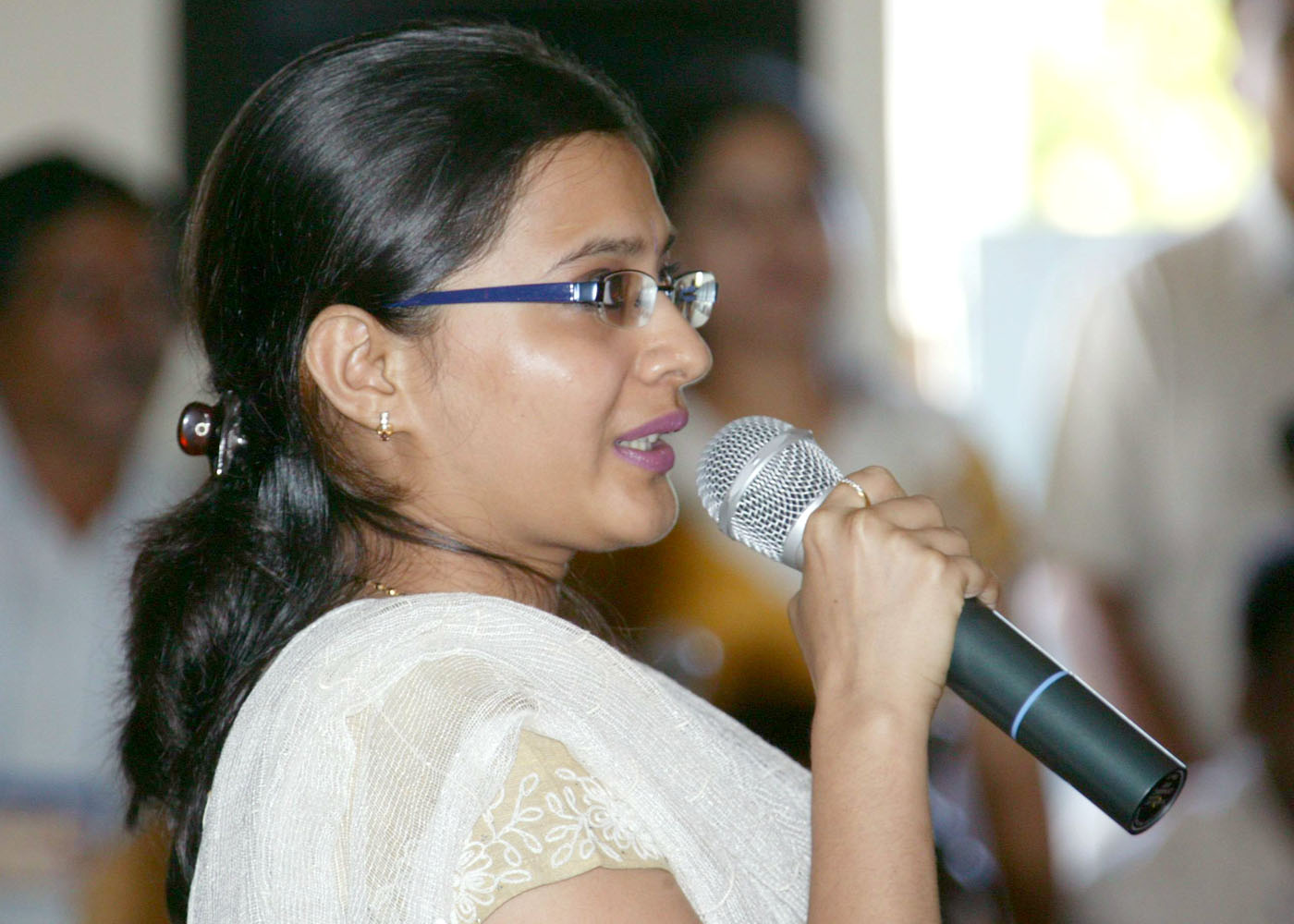
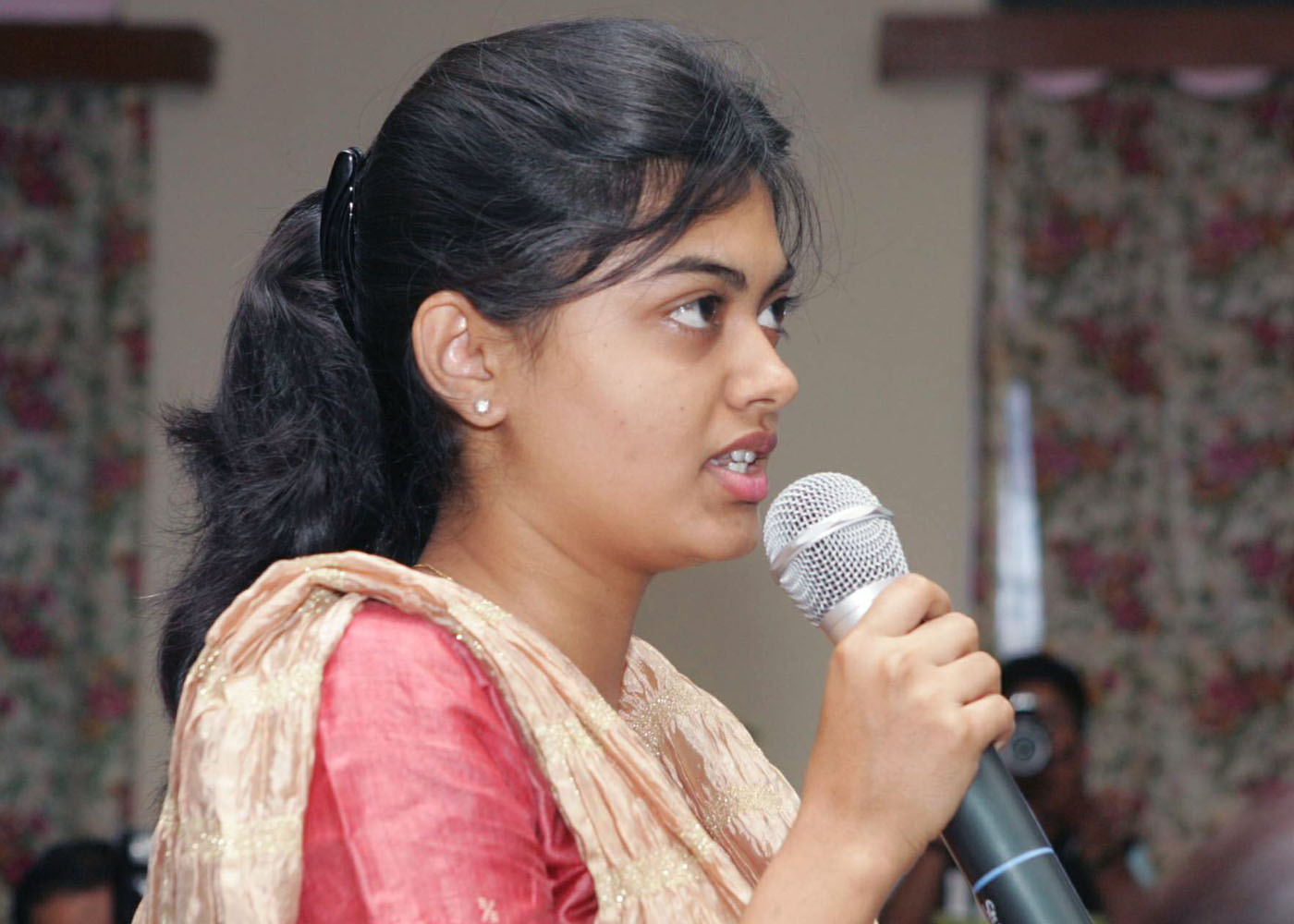
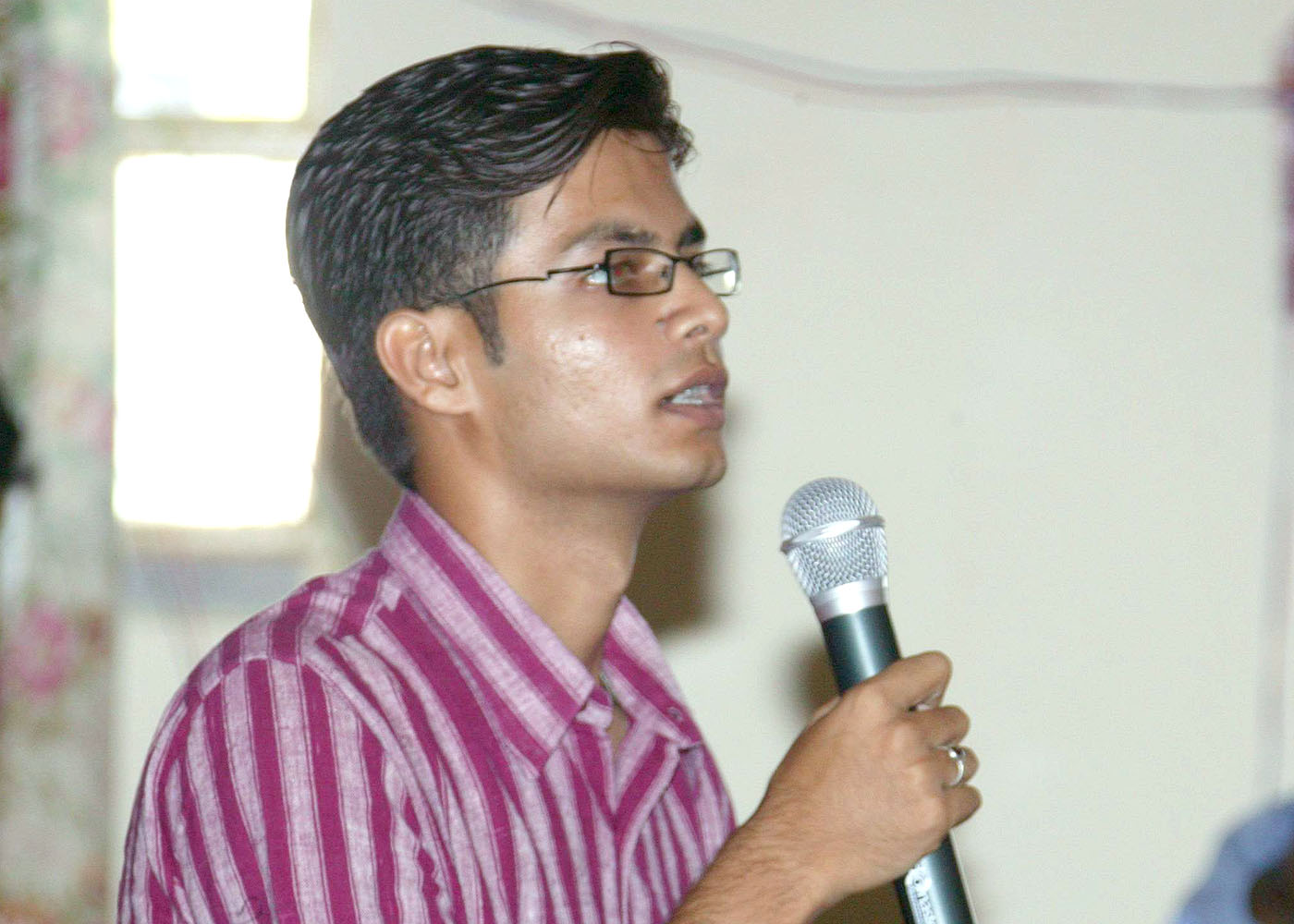
Dr. A. P. J. Abdul Kalam
<<Back
|
|